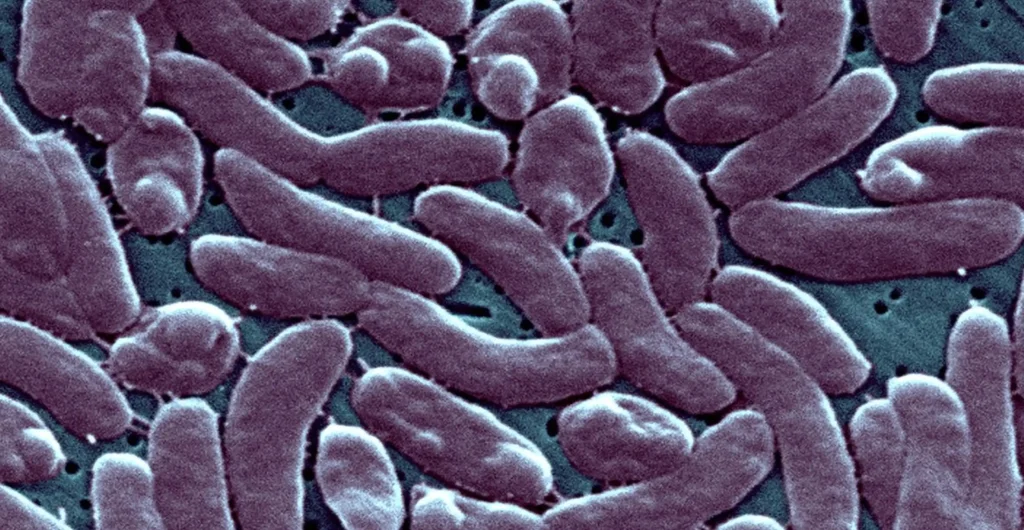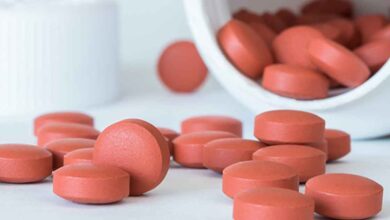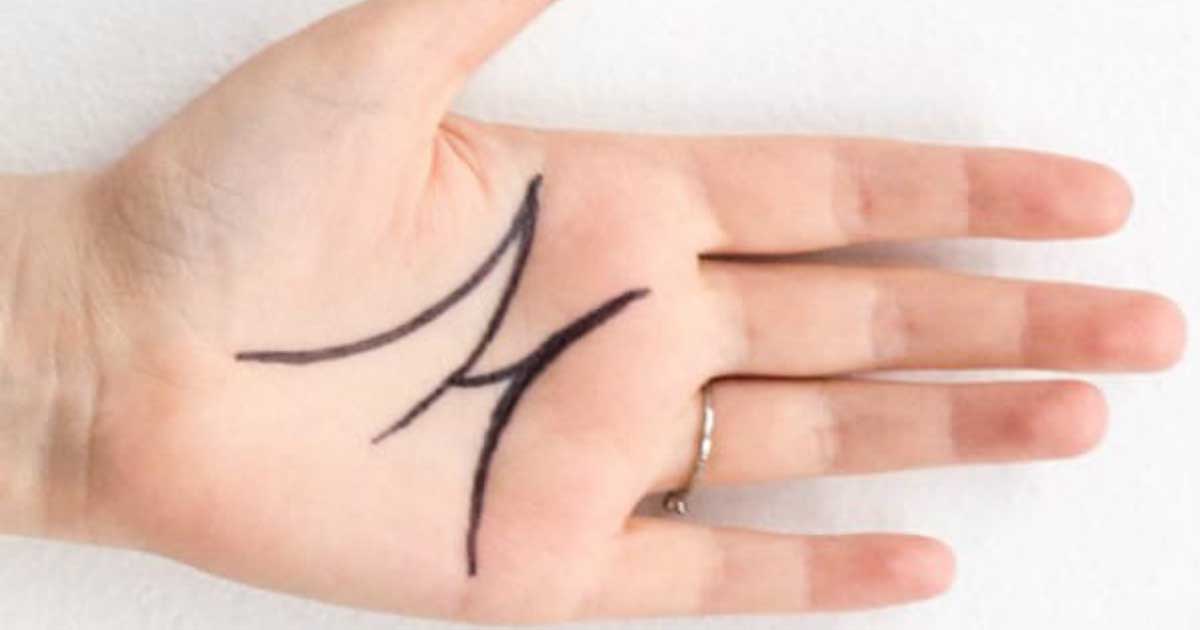Deadly bacteria in Gulf waters kills 8 — and it’s spreading fast
A rare but fast-acting “flesh-eating” bacteria is surging along the Gulf Coast, leaving at least eight dead and dozens hospitalized.
Health officials warn the risk rises in warm, brackish water—especially for those with open wounds or weakened immune systems.
A cut on your leg. A quick dip in the ocean. Then, within days—fever, swelling, and a rush to the ER.
That’s how several cases of Vibrio vulnificus, a dangerous bacteria found in warm coastal waters, have started this summer. At least eight people in Florida and Louisiana have died after becoming infected—prompting urgent warnings from state health departments.
The Louisiana Department of Health confirmed 17 cases since late July. All required hospitalization, and four people died. In Florida, 13 people were infected and another four died, according to the latest data.

This year’s numbers are significantly higher than average. Louisiana typically sees just seven cases and one death annually. Health officials say rising water temperatures may be fueling the spike.
How does Vibrio vulnificus infect people?
Vibrio vulnificus thrives in warm, low-salt coastal waters—conditions common across the Gulf Coast in summer. It infects people in two main ways:
- Through open wounds exposed to salt or brackish water
- By eating raw or undercooked shellfish, especially oysters
About 75% of Louisiana’s cases involved wound exposure. People with chronic conditions such as diabetes, liver disease, or compromised immune systems are at much higher risk of severe infection.
What does infection look like?
Infections move quickly. Common early symptoms include:
- Fever, chills, and low blood pressure
- Nausea or vomiting
- Redness or swelling around a wound
- Painful blisters filled with blood
- Skin and tissue death, sometimes requiring surgical removal
Doctors say timing is critical. The Louisiana Department of Health warns that early antibiotic treatment and surgical care may be lifesaving.
You may also like:
What can you do to stay safe?
Here’s how to lower your risk:
- Avoid swimming with fresh cuts or healing wounds
- Wear protective footwear to prevent injuries on beaches or in shallow water
- If you’re immunocompromised, limit exposure to natural coastal water during peak summer heat
- Avoid raw shellfish, particularly if you have underlying health conditions
The bacteria does not spread from person to person—but with rising water temperatures, infections may continue to rise through the end of summer.
While most beach days end in sunburn or sand in your shoes, officials say it’s smart to take basic precautions. For some, what starts as a small scrape can escalate into a life-threatening infection—and fast.





